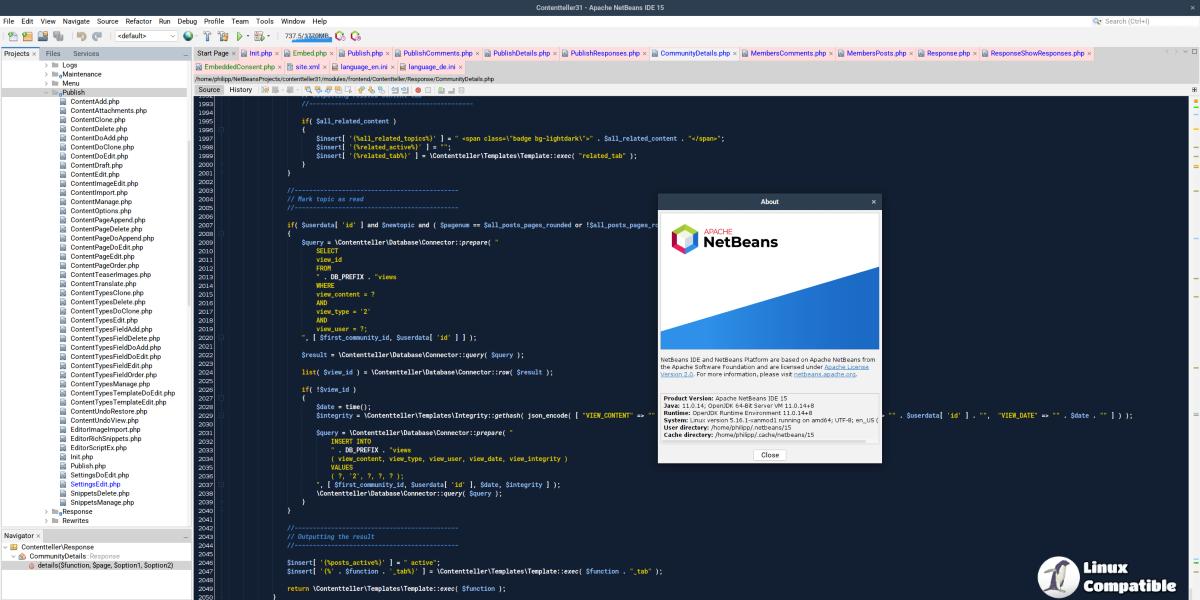One of the key updates includes enhanced defenses against invalid code points within Ant Preferences, ensuring a more reliable customization process for users working with Ant tasks. Additionally, a significant issue related to a non-null pointer exception (NPE) within the CreateElementUtilities::computeLambdaReturn method has been addressed. This fix is crucial as it helps prevent unexpected crashes or errors associated with lambda return types, thus ensuring smoother operations for developers.
Another noteworthy enhancement is the update to the UnusedDetector, which now effectively identifies RECORD labels among other types. This improvement is instrumental for developers in identifying and removing unused or redundant elements from their projects, thereby improving code quality and maintainability.
Furthermore, updates to versioning logic have been made, specifically regarding the activation of the DeleteBranchAction in Git environments. This refined logic is designed to streamline the management of branches and commits, enhancing the overall workflow within the IDE.
In summary, Apache NetBeans IDE 28 RC2 not only strengthens existing functionalities but also introduces critical fixes that contribute to a more robust development environment. Developers are encouraged to test this release candidate to help further refine and ensure the reliability of the upcoming official release.
As we look ahead, it will be interesting to see how feedback from this testing phase shapes the final version of Apache NetBeans IDE 28, particularly in areas like user interface enhancements, performance optimizations, and support for emerging programming languages and frameworks
Apache NetBeans IDE 28 RC2 released
The second release candidate for Apache NetBeans IDE 28 is now available for testing. The latest build includes several enhancements, such as improved defenses against invalid code points within Ant Preferences and a fix for a critical non-null pointer exception that could cause unexpected crashes or errors when working with lambda return types. Additionally, the UnusedDetector has been updated to correctly identify RECORD labels, making it easier to identify unused or redundant elements in projects.


